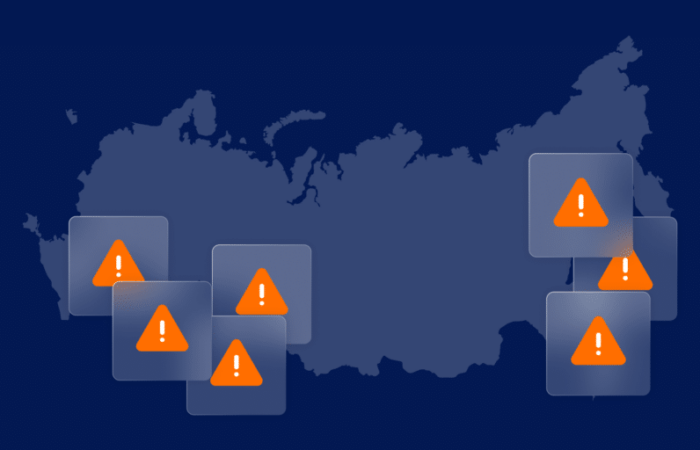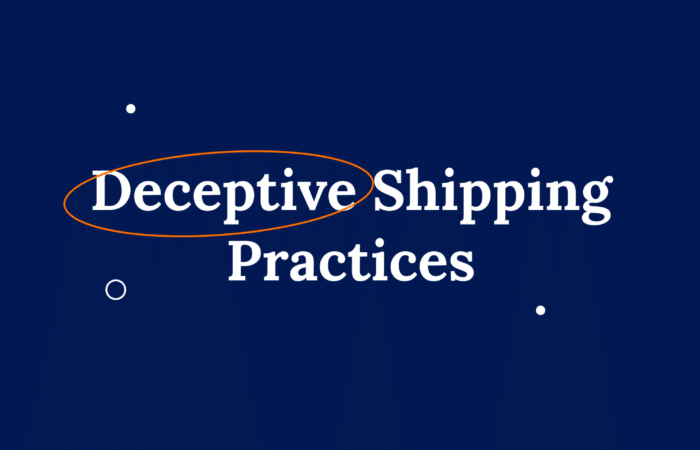Measuring false positives and what they mean for your business

What’s inside?
Financial institutions have very little room for error. Mistakes are costly, so a more risk-averse approach to transaction screening and compliance can seem like the better business decision. But traditional technologies trigger too many investigations – stunting growth and business. In this blog, we’ll explain how maritime AI can help diminish the number of false positives and keep operations running smoothly.
Global fleet exposure – the many shades of risk
Identifying deceptive practices is, by definition, a more complex mission than list-matching. Evaluating entities that are not sanctioned or on any watch list – yet are involved in global trade, is no small task. This is a challenge that can expose counterparties to various types of financial crimes risk. Unfortunately, rule-based algorithms have failed to reduce the number of false positives on transactions screening and list-matching. Why? Let’s put this into perspective. The global fleet consists of over 100,000 vessels. Of these vessels, 421 are sanctioned. But that’s just the tip of the iceberg. Our data reveals that there are 6,379 medium and high-risk vessels linked to 8,111 unique companies. When including ultimate beneficial ownership, the exposure increases to 11,593 legal entities. When considering the volume of transactions that banks have to screen, the need for AI to identify risk across these entities is crucial. HSBC Global Trade and Receivables Finance report indicated that $760 billion dollars worth of trade was facilitated in 2019.
According to their official data, compliance teams screen more than 650 million transactions across 236 million accounts each month for signs of money laundering and financial crimes. The majority of these transactions will include only limited information included in SWIFT messages. AI models can help screen all related parties mentioned in the transaction for any signs of maritime risk. A strong system will be able to do this without hitting high false positives. For example, when a large European bank specializing in commodity trade finance, queried their vendor API for approximately 10,000 vessels over the course of a year, they recieved 577 alerts. We identified 52. In this way, sophisticated AI tools can enhance critical business decisions while removing valuable time spent on manual risk analysis.
The time / efficiency equilibrium
Banks operate with unique use cases and business flows. Complex cases can be resource-intensive and require more comprehensive investigations. At this point, teams may request additional information from the sending bank concerning the activity and the parties involved. This might include identifying information/docs, corporate docs, transaction docs, specific questions, etc. It can take an average of 2-3 days to complete this process, during which time the transaction is on hold.
Once received, it may take anywhere from 30 minutes to over an hour of active work time to complete the Level 2 investigation. This is assuming that the information presented by the sending bank, in addition to open sources, is sufficient to rule out a true match. If a true match can’t be ruled out, it is further escalated to Level 3. The total time of investigating an escalated case depends on each bank’s workflows and processes. But generally speaking, as more teams and lines of defense are engaged, more time and resources are involved. When there’s a deal at stake, these critical delays can result in clients simply taking their deal business elsewhere.
Data and automation
Banks need a scalable solution that can distinguish true causes for investigation and when cases merely appear risky but are safe. How are we able to do this? It all comes down to a system that can accurately account for the many risk factors.
Our domain expertise, in addition to our proprietary algorithms, relieves our customers of going through what would otherwise be hundreds of false positives. A good example of this is AIS gaps. On a given day, the global merchant fleet records 9,947 AIS gaps. Only 1,400 events are dark activities, while only 20 events indicate potentially sanctionable activity. AIS gaps can happen for any number of reasons, and only robust systems can distinguish between intentionally deceptive practices and legitimate behavior. This fine-tuning can go a long way. Not only would teams have a smaller volume to review, but accuracy helps prevent unpleasant conversations with clients.
The bottom line
With precise and well-defined risk exposure, our customers can quickly and accurately screen their portfolios. The impact? At Windward, we deliver 4X less false positives – so banks can clear more transactions with confidence and protect against future risk exposure. For 85% of the vessels sanctioned in the last 4 years, we provided high-risk alerts to our customers prior to their sanction day. By leveraging insights that account for the entire maritime ecosystem, trade finance professionals don’t have to sacrifice time and resources for more accuracy. To learn more about how we can help you tackle false positives and future-proof operations, contact us below.












